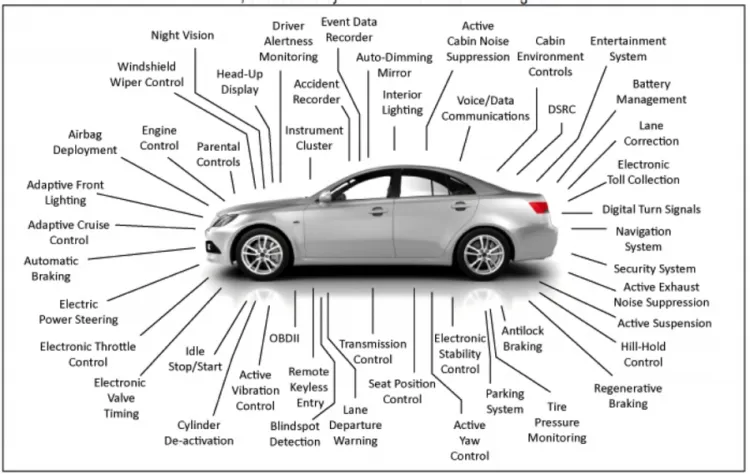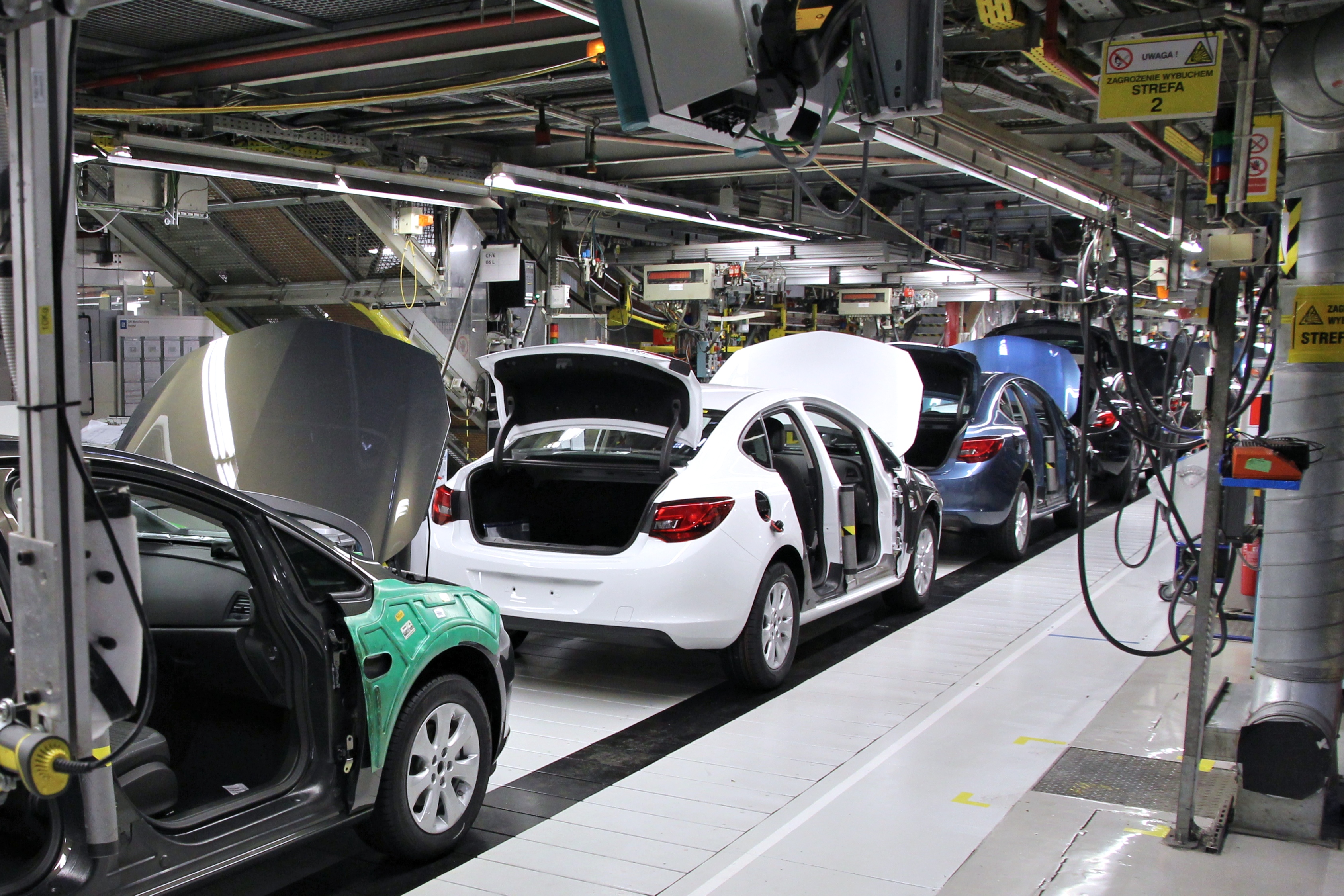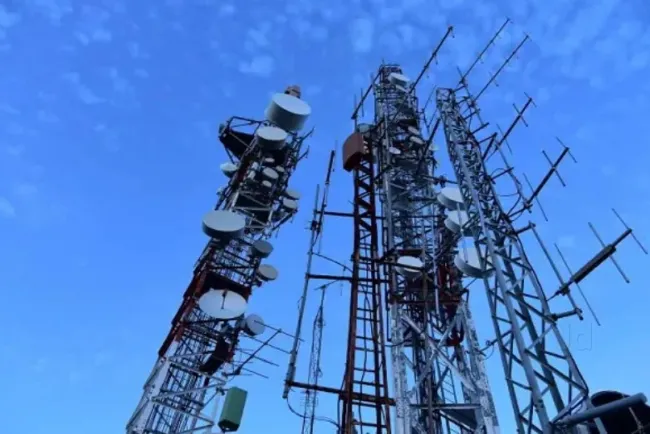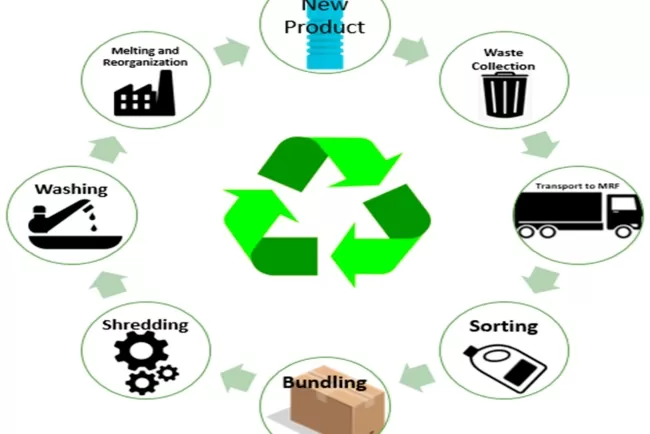The Evolution of Automobiles: Revolutionizing Modern Life and Shaping the Future...!!!
Automobiles have transformed the way we live, work, and travel. Their versatility and convenience make them an essential part of modern life, serving various purposes from personal transportation to commercial use and emergency services. As technology continues to evolve, the future of automobiles promises even greater advancements in efficiency, sustainability, and connectivity.

Automobiles, commonly referred to as autos or cars, have revolutionized the way we travel and transport goods. Since their invention in the late 19th century, they have become an integral part of modern society. Autos come in various types and serve multiple purposes, ranging from personal transportation to commercial use.
Types of Automobiles
-
Passenger Cars:
-
Sedans: These are the most common type of passenger cars, designed to transport people comfortably. They usually have four doors and a separate trunk for luggage. Examples include the Toyota Camry, Honda Accord, and BMW 3 Series.
-
Hatchbacks: Hatchbacks feature a rear door that swings upward to provide access to the cargo area. They are compact and offer flexible storage space. Examples include the Volkswagen Golf, Ford Focus, and Hyundai i20.
-
SUVs (Sport Utility Vehicles): SUVs are larger vehicles designed for off-road capabilities and greater passenger and cargo space. Examples include the Ford Explorer, Jeep Grand Cherokee, and Toyota Land Cruiser.
-
Coupes: Coupes are two-door cars with a sporty appearance and performance. They are often favored by enthusiasts for their design and driving dynamics. Examples include the Ford Mustang, Audi TT, and BMW 4 Series.
-
Convertibles: Convertibles have a retractable roof, allowing drivers to enjoy an open-air driving experience. Examples include the Mazda MX-5 Miata, BMW Z4, and Ford Mustang Convertible.
-
-
Commercial Vehicles:
-
Pickup Trucks: Pickup trucks have an open cargo area at the back and are designed for hauling goods. They are popular for their utility and versatility. Examples include the Ford F-150, Chevrolet Silverado, and Toyota Hilux.
-
Vans: Vans are used for transporting passengers or cargo. They come in various sizes, from compact minivans to larger cargo vans. Examples include the Ford Transit, Mercedes-Benz Sprinter, and Honda Odyssey.
-
Buses: Buses are large vehicles designed to transport many passengers. They are used for public transportation, school transport, and long-distance travel. Examples include the Mercedes-Benz Citaro, Volvo 9700, and Blue Bird School Bus.
-
-
Special Purpose Vehicles:
-
Ambulances: These vehicles are equipped with medical equipment and are used to transport patients to hospitals.
-
Fire Trucks: Fire trucks are equipped with firefighting equipment and are used by fire departments to respond to emergencies.
-
Police Cars: Police cars are used by law enforcement agencies for patrolling and responding to incidents.
-
Tow Trucks: Tow trucks are used to transport disabled or illegally parked vehicles.
-
Construction Vehicles: These include dump trucks, cement mixers, and cranes, used in construction and heavy-duty work.
-

Uses of Automobiles
-
Personal Transportation:
-
Daily Commute: Automobiles are commonly used for commuting to work, school, and other daily activities. They provide convenience and flexibility, allowing individuals to travel on their own schedule.
-
Recreational Travel: Cars are used for road trips, vacations, and leisure activities. They enable people to explore new places and enjoy outdoor adventures.
-
Shopping and Errands: Automobiles make it easy to run errands, such as grocery shopping, visiting the doctor, or attending appointments.
-
-
Commercial and Business Use:
-
Goods Transportation: Commercial vehicles like trucks and vans are used to transport goods and products. They play a crucial role in the supply chain, ensuring that goods reach consumers and businesses.
-
Passenger Transport: Taxis, rideshare services, and buses provide transportation for passengers. These services are essential for urban mobility and public transportation.
-
Delivery Services: Delivery vehicles are used by businesses to deliver packages, food, and other items to customers. This sector has seen significant growth with the rise of e-commerce and online food delivery.
-
-
Emergency and Public Services:
-
Healthcare: Ambulances are used to transport patients to medical facilities, providing critical care during emergencies.
-
Firefighting: Fire trucks are equipped with tools and equipment to respond to fires and other emergencies.
-
Law Enforcement: Police cars are used for patrolling, responding to incidents, and ensuring public safety.
-
Public Transport: Buses and other public transport vehicles provide an affordable and efficient means of transportation for the general public.
-
-
Construction and Industrial Use:
-
Heavy Machinery: Construction vehicles such as bulldozers, excavators, and cranes are used in building infrastructure and large-scale projects.
-
Agriculture: Tractors and other farm vehicles are used for planting, harvesting, and transporting agricultural products.
-
Technological Advancements
The automotive industry has witnessed significant technological advancements, leading to the development of more efficient and environmentally friendly vehicles. Some notable innovations include:
-
Electric Vehicles (EVs): EVs are powered by electric motors and batteries, reducing reliance on fossil fuels and minimizing emissions. Examples include the Tesla Model S, Nissan Leaf, and Chevrolet Bolt.
-
Hybrid Vehicles: Hybrid cars combine internal combustion engines with electric motors to improve fuel efficiency. Examples include the Toyota Prius and Honda Insight.
-
Autonomous Vehicles: Self-driving cars use advanced sensors and algorithms to navigate and drive without human intervention. Companies like Waymo and Tesla are leading the development of autonomous technology.
-
Connected Cars: Modern automobiles are equipped with connectivity features, allowing them to communicate with other devices and infrastructure. This enhances safety, navigation, and entertainment.
Automobiles have transformed the way we live, work, and travel. Their versatility and convenience make them an essential part of modern life, serving various purposes from personal transportation to commercial use and emergency services. As technology continues to evolve, the future of automobiles promises even greater advancements in efficiency, sustainability, and connectivity.
What's Your Reaction?

















